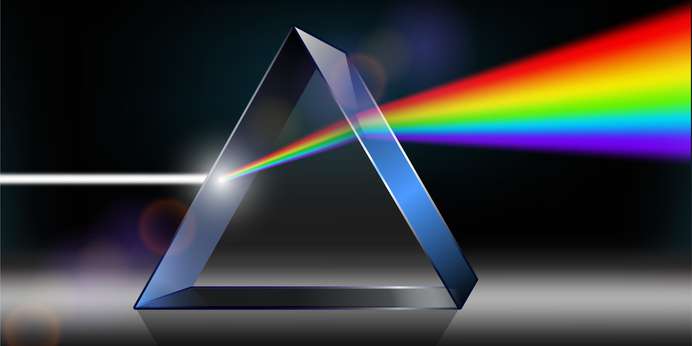
Hyperspectral spectrophotometry refers to the imaging and measurement of hyperspectral waves to analyze a material’s composition. You can use this hyperspectral data for anything from imaging and inspection applications to complex remote-sensing satellites and aircraft-based systems.
How Do Hyperspectral Spectrophotometers Work?
While humans can only observe red, green and blue color spectrums, hyperspectral spectrophotometers measure a material’s continuous spectrum of light with the power of fine wavelength resolution. This resolution captures visible light spectrums as well as those that are near-infrared. Hyperspectral spectrophotometers display this data in a hyperspectral cube format where two dimensions represent the spatial extent of the material’s composition and the third represents its spectral content.
Compared to other spectrophotometers, hyperspectral spectrophotometry observes hundreds to thousands more spectral bands and provides a narrower spectral resolution that’s only a few nanometers wide. These tools are useful for determining the wavelength resolutions of both solids and liquids in rapid time without waiting for the aid of processing systems.


